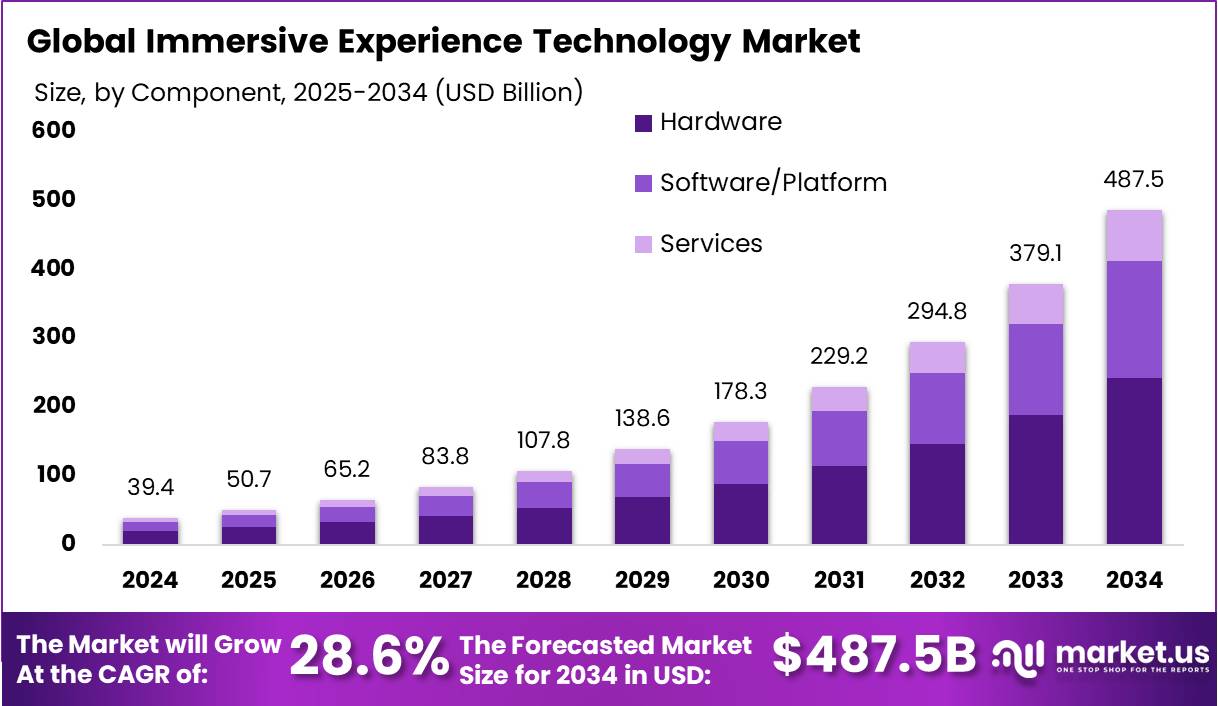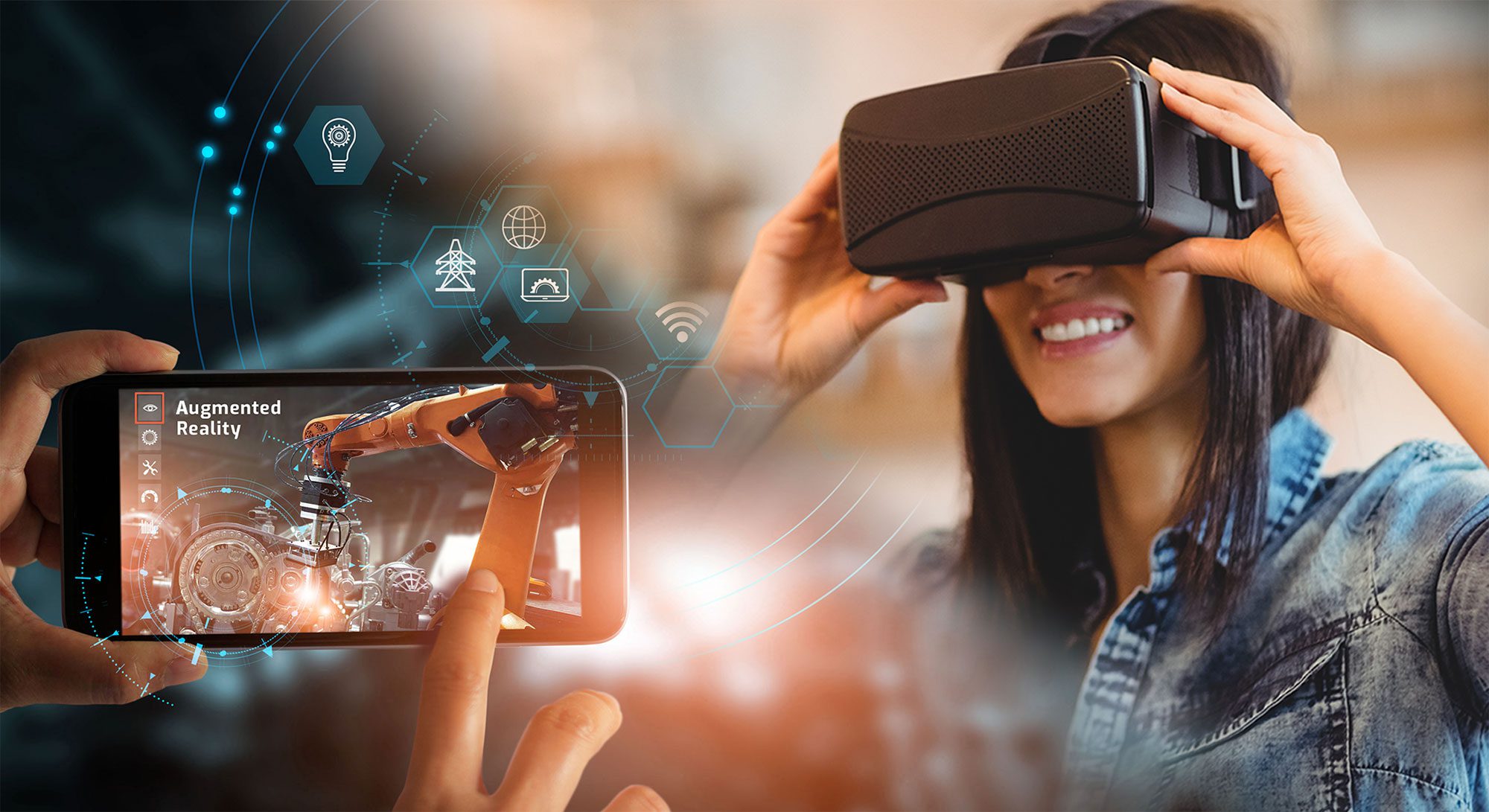Introduction
In 2025, one of the most compelling trends to keep an eye on is Immersive Experiences — i.e., technology-driven experiences that blur the line between digital and physical reality. According to data, searches around immersive experiences have surged to around 950 % growth over recent years.
In this blog post we’ll explore:
What immersive experiences mean today
Why they are turning into a major trend
Where they are showing up (industries + use-cases)
What this means for you (individuals & businesses)
Actionable tips to adapt
1. What are immersive experiences?
Immersive experiences combine technology (e.g., virtual reality VR, augmented reality AR, mixed reality MR), sensory inputs, interactivity and in many cases spatial or environmental integration, so that users feel “inside” or “part of” a scenario rather than being passive observers.
Key attributes:
Presence: Users feel they are in the environment or interacting with it, not just viewing it.
Interaction: The experience responds to user-actions in real time.
Multi-sensory: Beyond visuals—sound, haptics, spatial cues.
Contextual relevance: It links digital layers to real context (e.g., physical space + AR overlay).
These experiences are increasingly accessible thanks to more powerful hardware, improved software platforms, and lower cost entry-points.
2. Why are immersive experiences trending now?
Here are the main drivers behind the rapid growth of immersive experiences:
Driver | What it enables | Why it matters |
|---|---|---|
Technological maturity | Better hardware (headsets, AR glasses), software, and infrastructure | Makes immersive solutions viable for business, not just experiments |
Wider user acceptance | VR/AR devices becoming more common; users expect richer digital engagements | Creates demand and market size |
New use-cases in enterprise | Training, remote collaboration, design, marketing, retail experiences | Businesses find value beyond gimmicks |
Shift in content & experience expectations | Audiences expect interactive, memorable experiences, not just static media | Forces innovation in how experiences are delivered |
Competitive differentiation | Brands and organisations want to stand out | Investing in immersive tech becomes strategic |
For example, the report by McKinsey & Company shows autonomous systems and new human‐machine collaboration models driving much of this next-wave change. McKinsey & Company
Moreover, as one trend-listing shows, “immersive experiences” rank at the top of trending topics (with ~950 % growth) in 2025. Exploding Topics
3. Where are immersive experiences manifesting?
Here are some key industries & applications where immersive experiences are making real inroads:
Education & Training: VR simulations for medical training, technical skills, safety drills.
Workplace / Collaboration: Virtual-office spaces, AR overlays in manufacturing/repair, remote co-design.
Retail & Marketing: Virtual shops, AR trials (“try before buy”), brand storytelling in XR.
Entertainment & Gaming: Next-level immersive games, mixed-reality concerts, interactive storytelling.
Architecture & Real Estate: Walk-throughs in VR/AR for design, customer tours, site planning.
Healthcare & Therapy: Pain management via VR, rehabilitation exercises in immersive environments.
Tourism & Events: Virtual travel experiences, mixed-reality event overlays, hybrid live/virtual events.
Example: A brand might launch an AR experience where users can “walk through” a product in their own room, interact with it via mobile AR, rotate, scale, and place in real-world context — combining digital & physical engagement.
4. Implications & Opportunities for You
Whether you’re an individual creator, marketer, business leader or simply curious, immersive experiences offer several opportunities — and some challenges.
Opportunities
Stand out: Early adoption of immersive formats can differentiate your content or brand.
Deeper engagement: Immersive experiences tend to hold attention and create memories.
Monetisation: Premium experiences, subscriptions, service upsells (e.g., training, virtual goods).
Global reach: Virtual experiences can transcend geography and connect remote users.
Skill development: Learning how to design immersive UX, AR/VR content, spatial storytelling can be future-proof.
Challenges
Cost & resources: Building high-quality immersive experiences can require hardware, development, design.
UX hurdles: Poor performance, motion sickness in VR, clunky interfaces can hurt adoption.
Measurement: ROI may be harder to track compared to traditional digital channels.
Accessibility & inclusion: Ensuring experiences work across devices, for users with disabilities.
Staying relevant: Technology moves fast; what’s novel today may become expected tomorrow.

5. How to prepare / take action
Here’s a practical list of steps you can take to leverage immersive experiences now:
Learn the basics: Familiarise yourself with AR/VR/MR concepts, platforms, tools (e.g., Unity, Unreal, WebXR).
Define use-cases: Identify where immersive experiences can meaningfully add value in your domain (e.g., training, marketing, retention).
Start small: Build a pilot or prototype — e.g., a simple AR overlay for your website or product.
Focus on UX: Prioritise smooth performance, intuitive interaction, clear value to end-user.
Measure outcomes: Define metrics (engagement time, conversion, recall, feedback) and iterate.
Ensure accessibility: Make sure experiences work across devices (mobile, web) and for diverse users.
Stay updated: Monitor tech and market developments (hardware, XR standards, immersive content trends).
Collaborate: Consider teaming with designers, developers, immersive-specialist agencies.
6. The future outlook (brief)
Looking ahead, immersive experiences are expected to become more seamless, integrated, and ubiquitous. Key directions include:
Multimodal interfaces: voice + gesture + haptics in immersive contexts
AR moving into everyday life: wearable AR glasses instead of bulky headsets
Digital-physical blending: “physical” experiences where physical spaces are augmented with digital layers
Personalised immersive content: adapt in-real-time to user preferences, data, context
More accessible authoring tools: enabling non-developers to create immersive content
As one sources indicates, technologies like generative AI, quantum computing, IoT and immersive systems are converging, which makes immersive experiences a central pillar of digital transformation in 2025.
Conclusion
Immersive experiences are no longer just sci-fi or novelty—they’re a trending, actionable reality in 2025. For anyone looking to create, engage or innovate, adopting immersive formats offers a way to stand out, drive deeper connection, and future-proof your strategy.
Whether you’re a blogger, marketer, business owner or creative, the time to experiment is now. Start small, learn fast, and build toward experiences that delight your audience in new ways.
